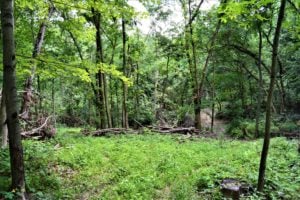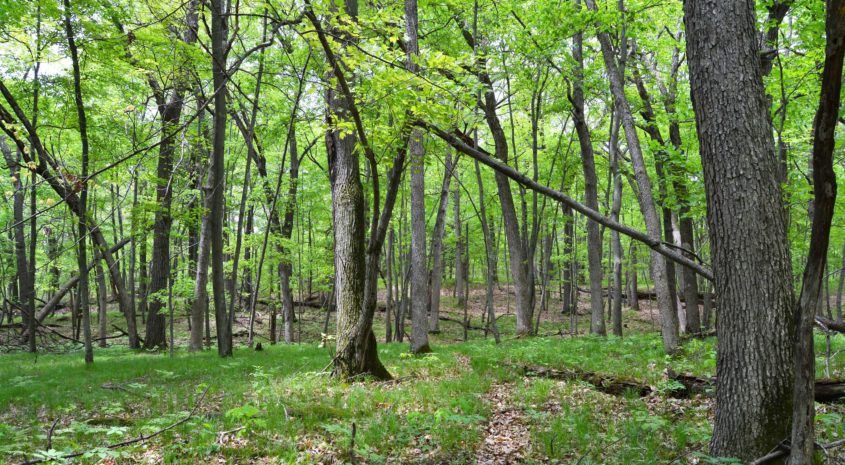Author: Bob Clyde, Land Specialist
 Many owners of hunting land will at some point or another conduct a timber harvest on that acreage: whether regularly as part of an ongoing revenue stream and management plan, or just every once in awhile. It goes without saying that logging operations on your property have to be undertaken with thoughtful planning, careful logistics, and long-range vision, as the impacts on the landscape are significant.
Many owners of hunting land will at some point or another conduct a timber harvest on that acreage: whether regularly as part of an ongoing revenue stream and management plan, or just every once in awhile. It goes without saying that logging operations on your property have to be undertaken with thoughtful planning, careful logistics, and long-range vision, as the impacts on the landscape are significant.
Let’s kick around some of the very basic pros and cons of harvesting timber on your hunting land, keeping in mind that much depends on the size and nature of your holding.
Pros
Like leasing acreage to a farmer, harvesting and selling some of your timber can, of course, be a significant source of revenue: In some cases, it may be the economic factor that makes owning the land affordable and helps subsidize your private hunting domain.
Timber-cutting is also a way to manage your land: thinning an overstocked wood, promoting an early-successional shrubland, addressing insect outbreaks and fire danger, etc. From whitetails to upland birds, many game species favor a patchwork of older and younger forests as well as plenty of edge habitat, and well-planned selective logging is one way to maintain that mosaic.
Besides habitat-shaping and revenue, there can of course be smaller-scale benefits to harvesting some of your timber, from stocking up on firewood to clearing a space (and even perhaps securing building materials) for a cabin.
Cons
The wrong kind of timber harvest can have a long-lasting negative impact on your acreage, not least in terms of its hunting potential. Clearcutting can remove critical shelter for wildlife and change microclimates to the disadvantage of remaining vegetation. Logging requires a significant footprint, including roads and cleared landings for cutting, skidding, chipping, and other operations.
A timber harvest in the wrong season can harm the environment much more intensely: On soft, mucky ground of spring, for example, it can lead to deep, long-lasting ruts and significantly damage ground cover.
Also, a poorly planned and/or overly extensive harvest could result in a mere one-time profit from your timber, robbing you of the steadier stream of revenue that could come from a more selective and spread-out cutting plan.
Responsible Timber Harvests
 Running through how to responsibly plan and execute a timber harvest would require another blogpost (actually several), but here a few general points to consider:
Running through how to responsibly plan and execute a timber harvest would require another blogpost (actually several), but here a few general points to consider:
- Carefully research and vet any logging contractor you’re interested in working with to make sure they’re competent and trustworthy.
- Schedule any harvest for when it’ll do the least damage to the land: say, in winter when the ground is hard, frozen, and preferably snow-covered.
- Inform your neighbors before any timber operations.
- Definitely consider hiring a forester to help you manage your timberland: That can make a huge difference to ensuring a sustainable, profitable, and ecologically sound hunting property.


